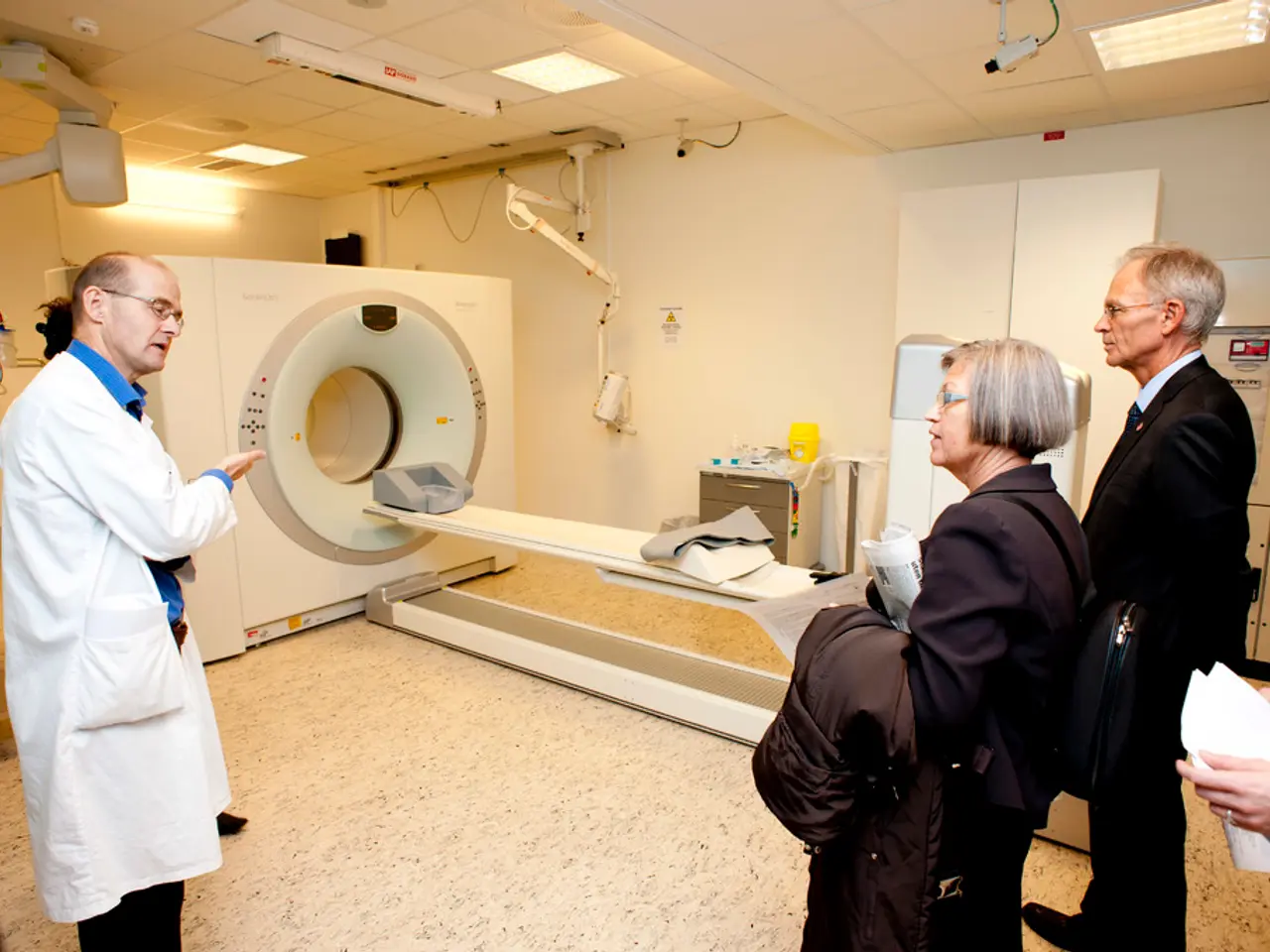Automated Health Information Management Systems and Their Impact
The world of healthcare is set to undergo a significant transformation in the coming years, with automated clinical information systems taking centre stage. These innovative systems, expected to be prevalent by 2025 and beyond, will be characterised by their AI integration, predictive analytics, and focus on personalised care.
At the heart of these systems are Electronic Health Records (EHRs), which store detailed patient information. The AI-powered Clinical Decision Support (CDS) will function as a digital assistant for clinicians, analysing vast amounts of data from EHRs, genomic data, imaging, and real-time monitoring to provide actionable insights at the point of care. This will aid early and accurate diagnosis, detect subtle disease patterns, and offer personalised treatment recommendations based on individual patient data such as genetics and lifestyle.
Predictive and preventive care will become the norm, as automated systems transition healthcare from reactive to proactive models. They will predict patient risks such as sepsis, falls, or readmissions, enabling timely interventions that improve outcomes and reduce costs.
Many administrative and documentation workflows will be automated, alleviating staff shortages and burnout while increasing efficiency. Advanced Imaging Analysis will also see AI-powered imaging tools delivering real-time interpretations, improving diagnostic accuracy in specialties like radiology and oncology.
Care Pathway Builders will empower insurers and providers to design and customise patient-specific care pathways, emphasising governance, adaptability, and responsiveness to changing patient needs and healthcare trends. Patient Engagement Platforms will evolve beyond mere information display, supporting engagement, remote monitoring, telehealth, and personalised care management.
Interoperability via API-First Architectures will be a key feature, ensuring seamless interoperability with labs, imaging, and hospital networks, facilitating unified and efficient healthcare IT ecosystems.
However, it's important to note that implementing automated systems can be expensive, especially for small healthcare providers. Proper training and support can help overcome resistance to automation among some healthcare professionals. Cybersecurity threats can compromise sensitive patient data, making it crucial for healthcare organisations to invest in robust security measures and encryption technologies.
By embracing automation, healthcare providers can optimise operations, reduce costs, and improve patient outcomes. These systems will also help healthcare providers maintain compliance with regulations like HIPAA. Automated systems will facilitate seamless communication among healthcare professionals, ensuring that clinicians, nurses, and specialists are on the same page regarding patient care.
In summary, future automated clinical information systems will be AI-driven, personalised, interoperable, and patient-centred, supporting predictive analytics and workflow automation to enhance diagnostics, treatment planning, and overall healthcare delivery. These trends collectively aim to improve care quality, operational efficiency, and patient outcomes by 2025.
- In the field of health-and-wellness, these AI-driven automated systems will utilize technology to analyze medical-conditions, helping clinicians make informed decisions through AI-powered Clinical Decision Support (CDS).
- The predictive analytics of these future systems will not only detect subtle disease patterns and offer personalized treatment recommendations but also predict patient risks, shifting healthcare focus from reactive to proactive models.




